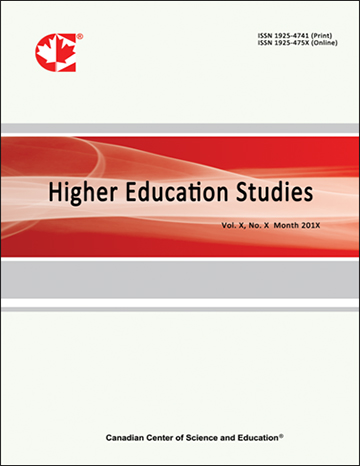Using Digital Tools to Assess and Improve College Student Writing
- Sweety Law
Abstract
Employers have continually indicated that writing instruction is much needed in higher education across all majors. It has become more imperative now than before to better prepare our graduates for professional success in an age of increasing writing necessity, data analytics and reporting, and technical sophistication. Writing assessment in a class setting has learning goals and needs to be differentiated from a mass testing evaluation context. When learning to write well, especially relating to subject-specific content, feedback is necessary. Performing analysis and evaluation, then providing explanation and recommendations takes time. Newer digital tools can provide formative feedback; and therefore transparency about grading as well. Among teaching tasks, grading assignments consumes the majority of online faculty time. This study identifies what type of online grading could take up the majority of faculty time and specifies estimates of time needed for such grading. Faculty workload is high in adopting an optimal combined formative and summative assessment model. Results of the study might help develop more sound policies of academic support. Faculty might use the study’s information for better curricula planning and improved utilization of student assistants.
- Full Text:
 PDF
PDF
- DOI:10.5539/hes.v9n2p117
Index
- AcademicKeys
- CNKI Scholar
- Education Resources Information Center (ERIC)
- Elektronische Zeitschriftenbibliothek (EZB)
- EuroPub Database
- Excellence in Research for Australia (ERA)
- Google Scholar
- InfoBase
- JournalSeek
- Mendeley
- Open Access Journals Search Engine(OAJSE)
- Open policy finder
- Scilit
- Ulrich's
- WorldCat
Contact
- Sherry LinEditorial Assistant
- hes@ccsenet.org
